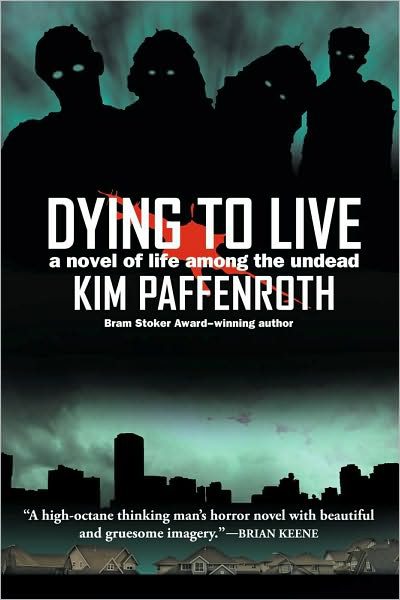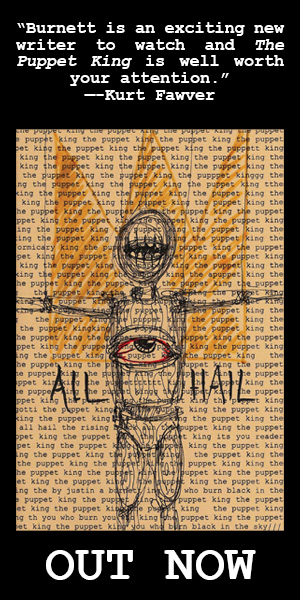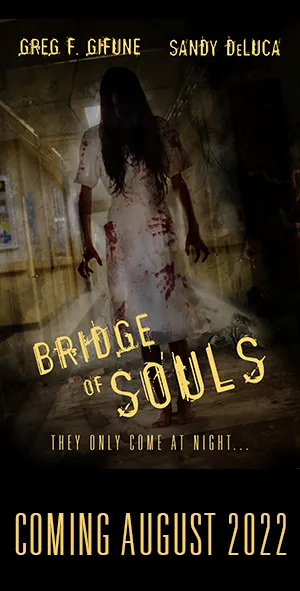REVIEW: Dying to Live by Kim Paffenroth
Jonah Caine, a lone survivor in a zombie infested world, struggles to understand the apocalypse in which he lives. Unable to find a moral or sane reason for the horror that surrounds him, he is overwhelmed by violence and insignificance.
After wandering for months, Jonah’s lonely existence dramatically changes when he discovers a group of survivors. Living in a museum turned-compound, they are led jointly by Jack, an ever practical and efficient military man, and Milton, a mysterious, quizzical prophet who holds a strange power over the dead. Both leaders share Jonah’s anguish over the brutality of their world, as well as his hope for its beauty. Together with others, they build a community that reestablished an island of order and humanity surrounded by relentless ghouls.
But this newfound peace is short-lived, as Jonah and his band of refugees clash with another group of survivors who remind them that the undead are not the only nor the most grotesque horrors they must face.
Dying to Live by Kim Paffenroth is one of the stronger novels of the zombie genre. This book takes a philosophical perspective of the zombie apocalypse and all the implications that come with it.
The book starts off with the survivor Jonah Caine, and within the first few dozen pages of the story, Jonah thinks of the Undead and the apocalypse. What is admirable in Paffenroth’s book is the inner monologue. He establishes a great inner monologue of Jonah Caine, it’s well written, realistically accurate, and it’s very insightful. There are large handfuls of authors who can’t handle inner monologue very well; it usually ends up old or cliché. Paffenroth vividly voices the thought of a deep minded individual, without making it sound cliché.
The plot is good. A bunch of survivors trying to recreate a normal society within the walls of a museum, it sounds like a pretty average zombie story, which it kind of is. The plot has good points and bad.
The only thing I didn’t really like about the story was that it was predictable. I wasn’t shocked or surprised by any aspects of the plot, it was a smooth ride and that is good only in a few ways. One of the sections on the back cover of the book caught my eye and not in a good way. But this newfound peace is short-lived, as Jonah and his band of refugees clash with another group of survivors who remind them that the undead are not the only nor the most grotesque horrors they must face? I am sorry but that is cliché. I have seen a lot of zombie novels with something similar on the back cover of their book. It has been used by so many zombie novels that it doesn’t make this one stand out on the shelf of zombie literature.
He keeps up a good pace with the story; he does not rush through the story and he doesn’t spend too much time on needless sections. He goes through the story with a clean cut pace with an appropriate drive.
Descriptions of gore. Paffenroth does not overdue it when it comes to gore. He puts enough in to draw the reader in, and to keep the reader well reading. There is a description of an undead woman at the beginning of the novel that will resonate strongly within your memory. It was a strong depiction of how grotesque the undead truly are and it will keep the readers interested.
Characters. A lot of Characters were averagely drawn. The only character in the story that may be established strongly is Milton. The other characters are average on a lot of levels. The character I truly disliked was Popcorn (Kid’s nickname). I consider realism one of the most important elements when writing a horror novel. The idea of a kid killing zombies with spikes like a ninja does not bode well with me. I understand that the characters are subjugated to adjust to their surroundings (and this even includes some children), which would influence the creation of Popcorn’s personality, but I felt it was a little over exaggerated to a point where it stretches the boundaries of realism, which causes a disconnection with readers.
The writing of the story itself is fantastic. This is definitely one of the best written pieces of zombie literature period. I would definitely recommend this to anyone who wishes to become a zombie novelist themselves. I would recommend analyzing the style and tone of the story, but I would avoid spending too much time examining how the plot is presented. What I felt when I was reading this was that the author was trying to play it safe, and that he tried to establish a clear foundation for sequels ( Which I am anxious to read) This book is great for anyone who wants to start reading zombie fiction, this would be a great starting point. It is one of those staple pieces of zombie fiction that should be in any horror fan’s personal library.
Overall, the story is well written and strongly composed. The plot is average and can be a little predictable. The philosophy is the selling point of this book. It was one of those books that may influence many people to write zombie fiction. (The strong philosophy has influenced some of my own writing) I would consider this one of the better zombie books out there when it comes to the writing itself. I expect much more from Paffenroth because he is a talented writer and he can do some great things with his storytelling abilities. The philosophy will have you thinking from parts of your mind you never thought existed.
Available at Amazon






